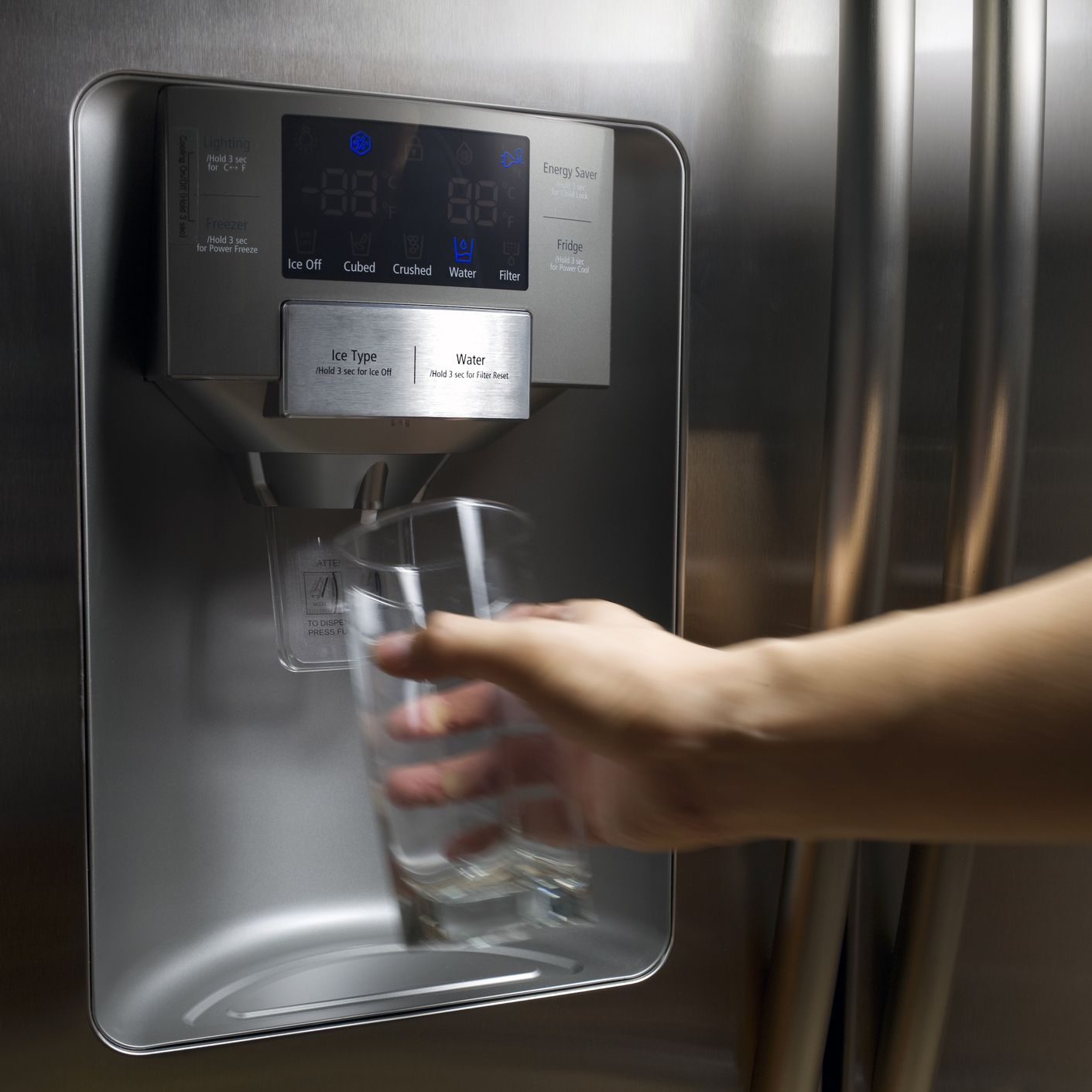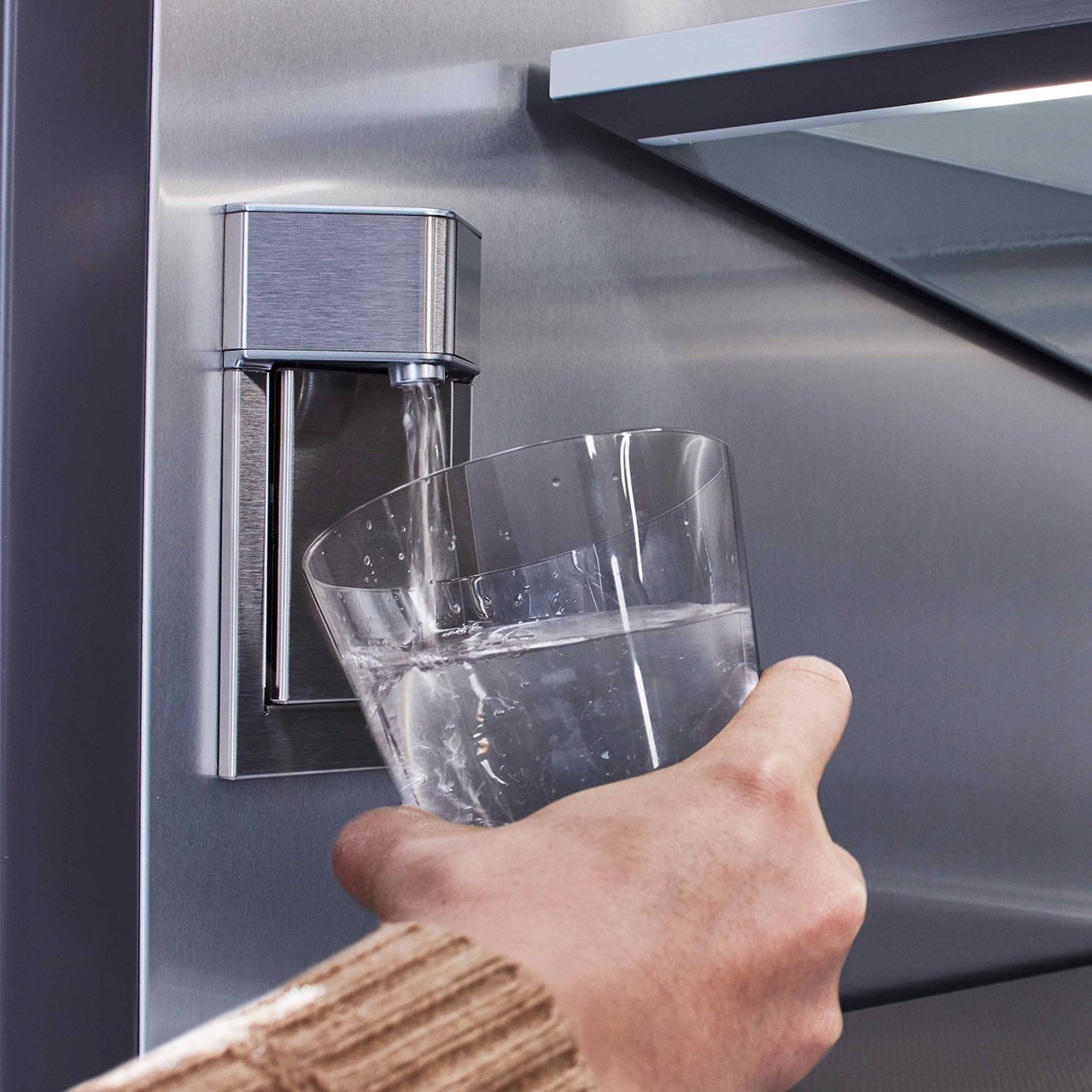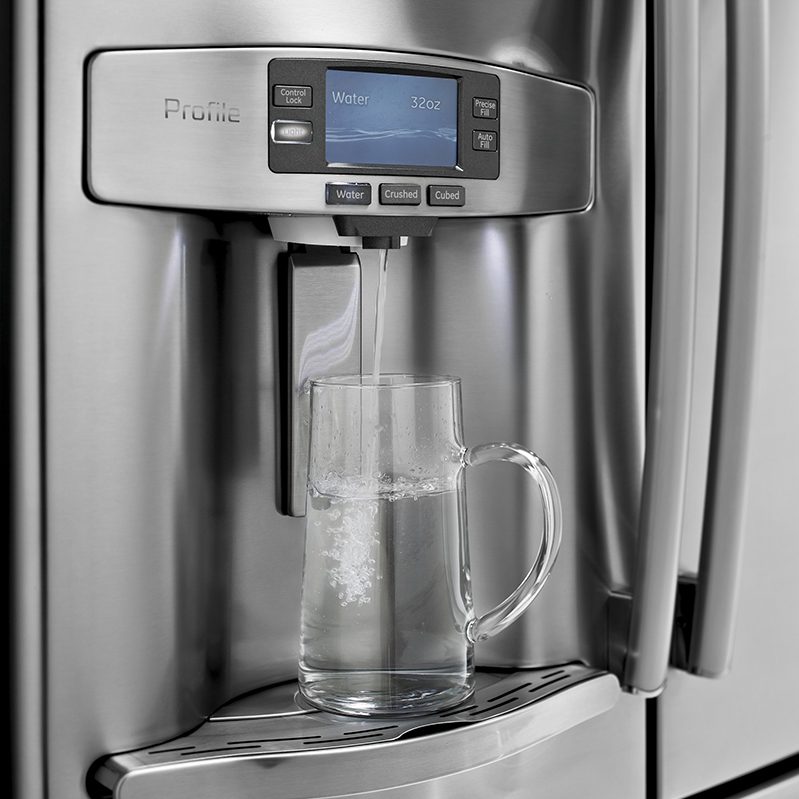Introduction to Fridge Water Dispenser Maintenance
The fridge water dispenser is a convenient feature for fresh, cold water. But over time, it can become a hideout for bacteria and mineral buildup. Regular maintenance is crucial to keep the water tasting great and the dispenser running smoothly. By following this effortless guide on how to clean your fridge water dispenser, you can maintain the hydration station in top condition.
Start by assembling all the necessary supplies for a deep clean. Choose between natural ingredients and chemical cleaners based on your preference and safety considerations. Then, proceed to the step-by-step cleaning process, addressing any hard water deposits and ensuring the nozzle is free of grime. Remember, prevention is better than cure, so learn how to keep future buildup at bay. The guide also includes tips on sanitizing the ice dispenser and flushing the water system to remove any lingering impurities. Regular filter replacement is key for improved taste and safety. Set a maintenance schedule to ensure your dispenser remains pristine and functional. Stay hydrated with confidence, knowing every glass is as fresh and clean as possible.

Essential Cleaning Supplies
To effectively clean your fridge water dispenser, gather the right supplies first. Essential items include: vinegar, dish soap, paper towels, and a straw cleaner brush.
Natural Ingredients vs. Chemical Cleaners
Choosing between natural ingredients and chemical cleaners depends on your preference for safety and environmental impact. Natural options like vinegar can effectively dissolve hard water deposits. Chemical cleaners might offer more power but require careful handling due to their abrasive nature. Consider your family’s health and the environmental impact when making your choice.
Step-by-Step Cleaning Process for Dispenser
Keeping your fridge water dispenser clean ensures fresh tasting water. Here’s a detailed guide to help you through the process.
Safety Precautions Before Cleaning
Before you start cleaning, ensure safety first:
- Unplug your fridge to prevent electrical accidents.
- Wear gloves to protect your hands from any cleaning agents.
- Make sure the room is well-ventilated if using chemical cleaners.
These precautions keep you safe during cleaning.
Cleaning the Dispenser Nozzle
The nozzle of your fridge water dispenser can harbor bacteria and mineral deposits. Follow these steps to clean it effectively:
- Remove any removable parts of the dispenser nozzle.
- Soak these parts and a paper towel in vinegar for about 30 minutes.
- Use the soaked paper towel to wrap around the nozzle area. Let it sit for the same duration.
- Use a straw cleaner brush to scrub inside the nozzle.
- Rinse thoroughly with clean water to ensure all vinegar and residues are gone.
Repeat this process every few months to keep your water dispenser in excellent condition.
Addressing Hard Water Deposits
Hard water deposits can deteriorate your fridge’s water quality. Over time, they may clog the dispenser and affect taste. To address this, act promptly and use suitable cleaning methods. Vinegar is excellent for dissolving these deposits. Soak affected parts in vinegar, as described in previous sections. For stubborn build-up, use a brush to gently scrub away deposits.
Preventing Future Build-Up
To prevent hard water buildup:
- Clean your dispenser regularly.
- Use a water softener if you have very hard water.
- Replace your fridge’s water filter as recommended.
- Run vinegar through the system periodically.
By implementing these steps, you can significantly reduce the frequency and severity of hard water deposits. Consistent maintenance keeps your water tasting clean and refreshing.
Cleaning the Ice Dispenser
Maintaining a clean ice dispenser is crucial for fresh-tasting ice. Often overlooked, the ice dispenser can harbor stale odors and bacteria if not cleaned regularly. This section will guide you through disassembling and sanitizing the critical components of your fridge’s ice dispenser. Ensure enhanced hygiene and flavor of the ice by following these easy steps.
Disassembling and Sanitizing Ice Components
Start by turning off your ice maker. This avoids any electrical mishaps. Next, remove the ice bin, disposing of old ice and frost. This prevents tainting new ice with stale flavors. Use warm, soapy water to clean the bin. If dishwasher safe, you may place it in the dishwasher for convenience. Wipe the inner surfaces of the freezer where the ice bin rests. Use a solution of white vinegar and water for effective cleaning. This mixture also helps remove odors and mildew. After cleaning, ensure all parts are dried thoroughly before reassembling them. Regular cleaning will keep your icemaker’s performance optimal and your ice tasting fresh.
 Flushing and Disinfecting the Water System
Flushing and Disinfecting the Water System
Flushing the water system of your fridge is crucial for maintaining clean and fresh tasting water. Over time, the water system can accumulate minerals and debris that might affect the taste and smell of your water. Here is a simple, step-by-step guide to flush and disinfect your fridge water system effectively:
- Turn Off the Water Supply: Start by turning off the water valve to prevent any water from flowing into your fridge during the cleaning process.
- Prepare a Vinegar Solution: Mix equal parts of white vinegar and water in a bowl. Vinegar is excellent for breaking down mineral deposits and killing bacteria.
- Flush the System with Vinegar: Use a funnel to pour the vinegar solution into your water dispenser’s tubing. This helps to ensure the solution reaches throughout the system. Let the solution sit for about 5-10 minutes.
- Run the Dispenser: Place a container under the water dispenser and run the system. This flushes the vinegar solution through the system, clearing out any buildup.
- Rinse Thoroughly with Water: After the vinegar flush, run plain water through the system for several minutes. This ensures that all traces of vinegar are removed.
- Clean the Dispenser Nozzle: Sometimes, the nozzle of the water dispenser also accumulates minerals and mildew. Detach the nozzle and soak it in vinegar for about 30 minutes. Then use a small brush or toothpick to scrub away any remaining debris. Rinse it well before reattaching.
By following these steps, you can ensure that your water system is not only clean but also disinfected. Regular flushing of your water dispenser system prevents the buildup of harmful contaminants and maintains the fresh taste of your water. Repeat this process every few months or as needed, based on your water quality.
Replacing Filters for Improved Taste and Safety
Replacing your fridge’s water and ice dispenser filters is vital for good taste and safety. Filter changes keep the water pure and free of contaminants. Let’s explore how and why we should regularly change these filters.
Understanding Filter Functionality
Your fridge filter cleans the water before it reaches the dispenser. It traps minerals, contaminants, and unpleasant odors. This process ensures better-tasting and safer water.
When to Replace Filters
The right time to replace your filter depends on usage and manufacturer recommendations. This usually means every 6 months or after filtering a certain number of gallons.
Steps to Replace a Filter
- Locate your fridge’s filter. It might be inside, at the base, or in the door.
- Purchase the correct replacement filter model for your fridge.
- Remove the old filter by turning or pressing it, as per your fridge guide.
- Insert the new filter in the same place. Follow the manual for exact instructions.
- After replacement, flush the system with water to clear out any carbon residue.
Filter Maintenance Tips
- Mark your calendar for the next filter change.
- Always use filters approved by your fridge manufacturer.
- Check your water’s taste and smell regularly. If there’s a change before 6 months, inspect the filter sooner.
Filter replacement is simple and it has a big impact on water quality. Remember, clean filters mean clean water for you and your family!
Regular Maintenance Schedule
To keep your fridge water dispenser in peak condition, set a regular maintenance schedule. Routine cleanup is essential for preventing buildup and ensuring that your drinking water is clean and fresh. Here’s a simple timetable to follow:
- Weekly: Wipe the exterior of the water dispenser and ice chute with a damp cloth to remove fingerprints and smudges.
- Monthly: Inspect the nozzle for any grime or mineral deposits. Clean it if necessary.
- Every 3-6 Months: Perform a thorough cleaning of the entire water dispenser and ice maker using vinegar, as outlined in the previous sections. Replace the water filter as recommended by the manufacturer.
- Annually: Deep clean the fridge’s water system and disinfect it to remove any microbes or mineral buildup.
Regular filter replacement is crucial too. If you notice an odd taste or smell from the water dispenser before the scheduled date, you may need to change the filter earlier. Note your filter changes on a calendar to track when the next replacement is due. By following this maintenance schedule and the cleaning guide above, you ensure that your fridge water dispenser remains clean, functional, and safe to use.
 Concluding Tips for Fresh Tasting Water
Concluding Tips for Fresh Tasting Water
To finish, here are some final tips to ensure your fridge water tastes clean and fresh:
- Rinse Regularly: Flush your dispenser weekly with clear water to prevent buildup.
- Vinegar Magic: Use distilled vinegar often to dissolve minerals and kill germs.
- Filter Checks: Change filters every six months or as your fridge guide suggests.
- Inspect Often: Look at your dispenser and ice maker for signs of buildup or mold.
- Stay Natural: Opt for natural cleaners like vinegar for safety and the environment.
- Soak Parts: Let removable parts soak in vinegar to loosen deposits.
- Scrub Gently: Use a straw cleaner brush for the nozzle to remove tough grime.
- Air Dry: After cleaning, allow all parts to dry fully before reassembling.
- Freshness Test: Taste your dispenser water regularly. If off, clean the system.
By following these easy steps, your fridge will provide crisp, yummy water anytime. This keeps you and your fridge happy. Regular care means less hassle and more fresh sips every day. Stick to a schedule, use the right tools, and enjoy!
